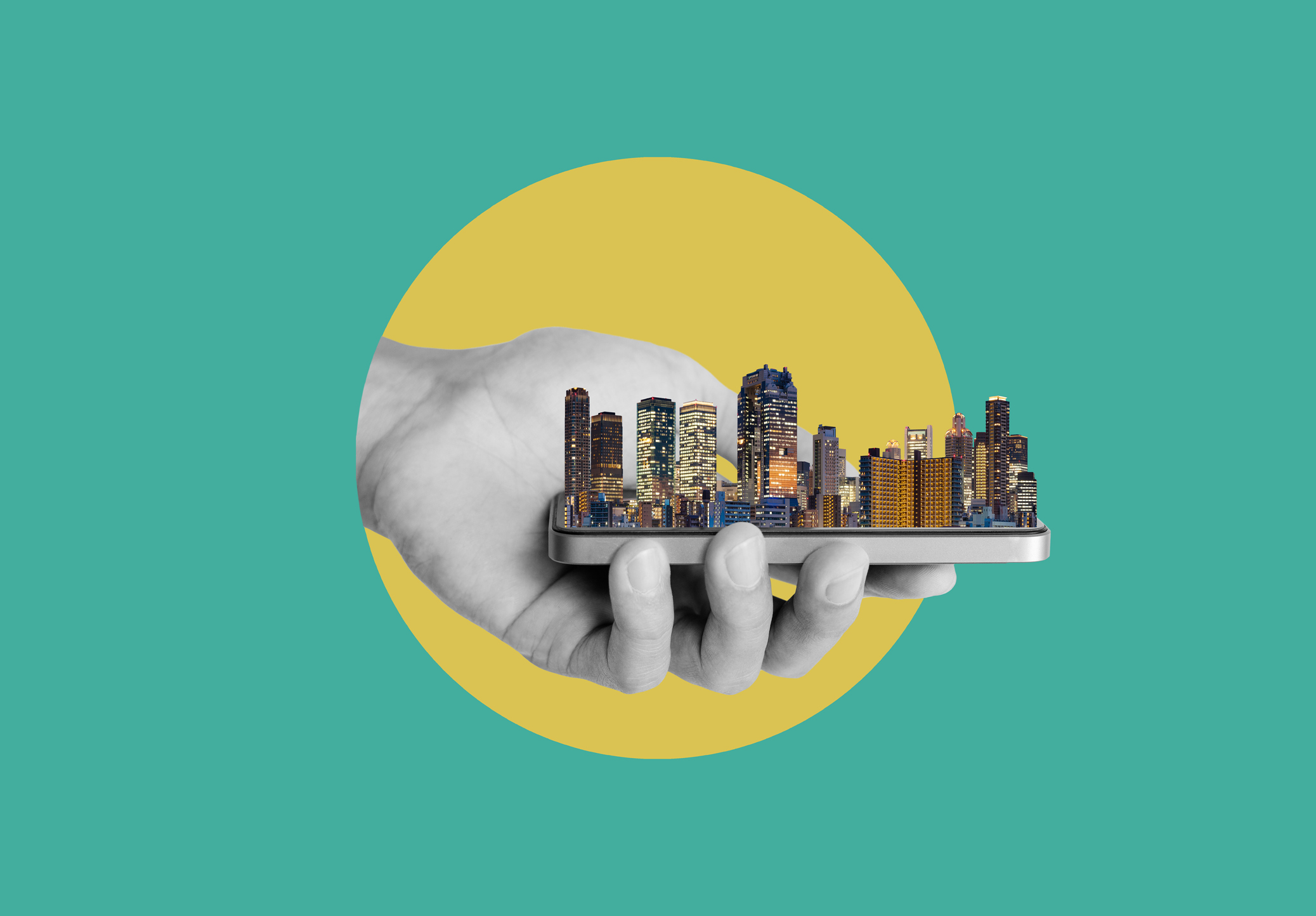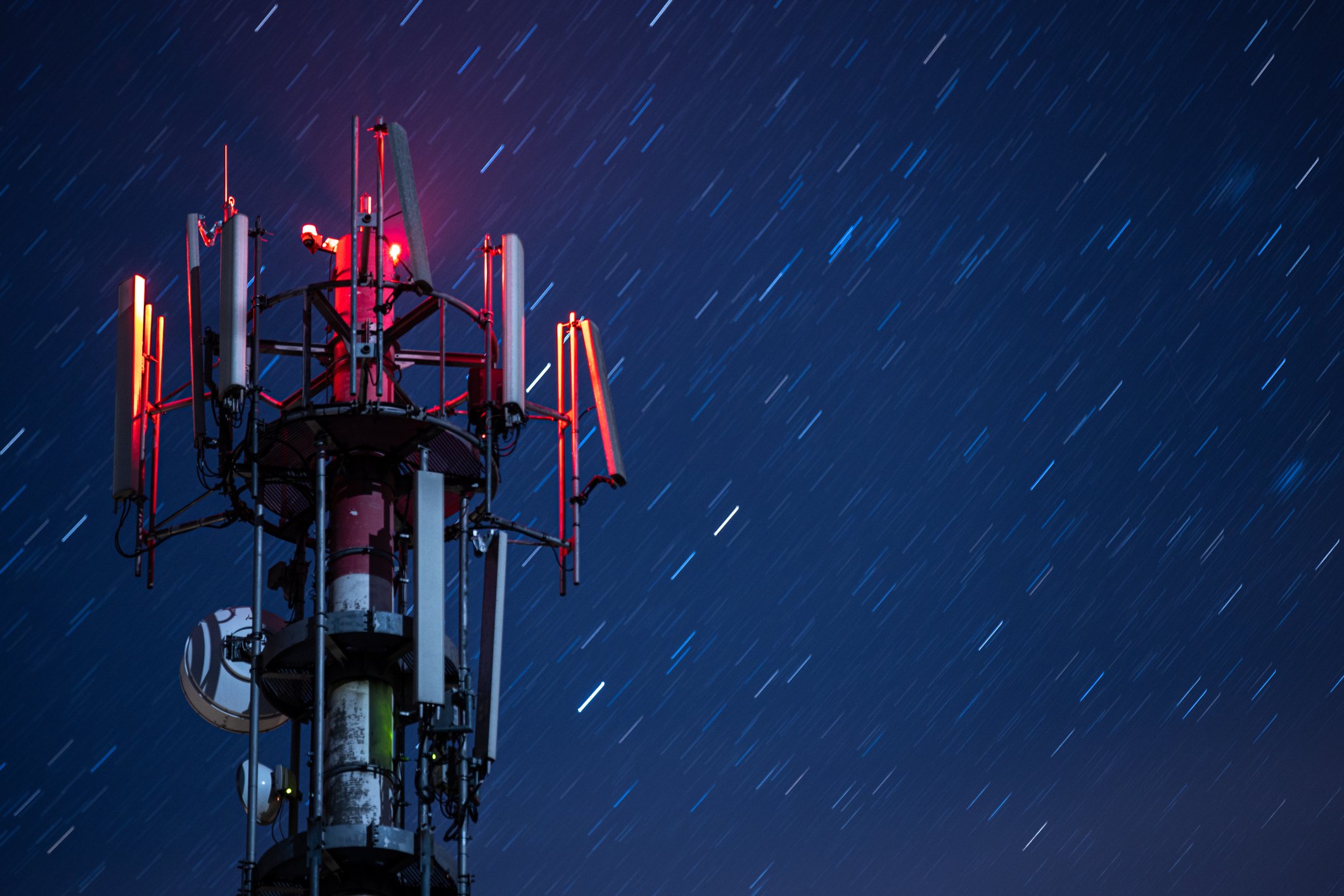
- December 2025 (1)
- November 2025 (2)
- October 2025 (3)
- September 2025 (3)
- August 2025 (3)
- July 2025 (2)
- June 2025 (3)
- May 2025 (3)
- April 2025 (3)
- March 2025 (2)
- February 2025 (1)
- December 2024 (2)
- November 2024 (1)
- August 2024 (2)
- June 2024 (3)
- May 2024 (3)
- April 2024 (1)
- March 2024 (3)
- February 2024 (2)
- January 2024 (2)
- December 2023 (1)
- November 2023 (2)
- October 2023 (2)
- September 2023 (1)
- August 2023 (1)
- July 2023 (2)
- June 2023 (3)
- May 2023 (2)
- March 2023 (4)
- January 2023 (2)
- November 2022 (2)
- September 2022 (1)
- August 2022 (2)
- July 2022 (2)
- June 2022 (1)
- May 2022 (1)
- April 2022 (3)
- March 2022 (1)
- February 2022 (3)
- January 2022 (2)
- December 2021 (1)
- November 2021 (1)
- October 2021 (2)
- September 2021 (3)
- August 2021 (1)
- July 2021 (3)
- May 2021 (2)
- April 2021 (2)
- March 2021 (2)
- February 2021 (3)
- January 2021 (3)
- December 2020 (1)
- October 2020 (1)
- August 2020 (1)
- August 2019 (1)
- January 2019 (2)
- September 2018 (5)
- June 2018 (1)
- November 2017 (1)
- September 2017 (1)
- July 2017 (1)
- May 2017 (1)
- January 2017 (1)
- October 2016 (2)
- August 2016 (1)
- July 2016 (1)
- June 2016 (1)
Subscribe by email
The Internet of Things (IoT) has demonstrated immense value to consumers and businesses. But these people and entities aren’t the only ones benefiting — cities, municipalities, and governments are also leveraging advanced IoT technology to make smart cities with increased quality of life for all. No, we’re not talking about some futuristic, space-age cartoon like The Jetsons, but rather the real-life implementation of IoT devices making things better, safer, and more efficient for residents and visitors alike.
Here are the basics about smart cities, including how IoT is being used, the impact of smart cities, and some great aspirational examples of IoT in action with smart cities around the globe.
What Is a Smart City?
The phrase “smart city” is used when a city of any size implements a framework designed to address urbanization challenges and societal needs through sustainable practices that leverage available technology. By leveraging the power of the Internet of Things, these smart cities use cloud-based technology as well as edge devices to gather, analyze, and manage data in real-time, which can help improve the quality of life for people living there. This catch-all phrase can include services like traffic management, water and energy monitoring and distribution, and other solutions used to improve infrastructure and services.
How IoT and Smart City Technology Work
IoT technology with secure wireless connectivity is transforming city life using a cloud-based central control system. Some of these systems are fully implemented by forward-looking cities, and some include the engagement of citizens with their smartphones and mobile devices.
There are many different ways IoT is making a difference in smart city solutions today:
- Integrating solar power in streetlights and intelligent lights that adapt to traffic needs and available light
- Implementing smart utility meters for more efficient use of power and water resources
- Improving options for smart public transportation
- Streamlining trash collection and disposal for pickups when needed and not on a set collection schedule
- Improving air quality and communication of air quality concerns
- Decreasing traffic congestion in busy city areas
- Improving limited space utilization with smart parking
For example, Zipit works with GRIDSMART, which offers intelligent intersection traffic systems to municipal partners in nearly 30 countries and most U.S. states. Another one of Zipit’s customers offers smart parking solutions. These solutions guide drivers to parking spaces more efficiently, thus reducing vehicle emissions and traffic congestion. These are just some of the IoT solutions offering cutting-edge capabilities to municipalities around the world, and we’re excited to be part of this wave of IoT building smart cities.
Why Are IoT Smart Cities Important?
According to the World Bank, around 55% of the world’s population lives in cities today, and that is predicted to increase over the coming years. By 2050, the number is expected to double, so that over 70% of all people will live in cities. Social, economic, and environmental services must keep pace with this growth to combat the mounting challenges of population growth in smaller geographic areas. Smart cities are important for meeting the needs of the growing urbanization that strain resources, including people and funding.
What Is the Best IoT Wireless Technology for Smart Cities?
There are a lot of different IoT wireless technologies, so it’s important to consider which options would best suit the need for smart cities. Low-power wide-area network (LPWAN) technologies, including NB-IoT, LoRa, LTE Cat M, and others, are often best suited for most smart city applications. They provide ubiquity at a low cost with the necessary wide range to support smart cities.
Of course, the advancement of technology never stops, and we look to the future and the anticipated impact of 5G. As 5G technology continues to develop, it’s expected to play a significant role in advancing the technology for smart cities and accelerating new deployments.
6 Smart City Technology Examples from Around the Globe
A lot of cities are hopping on board with IoT, implementing smart technology solutions to improve life for residents and visitors. Here are some of the early adopters and smart city examples that are continuing to make great strides in implementing IoT solutions to solve challenges.
Amsterdam
Amsterdam was on the cutting edge of smart city advances, starting its initiative in 2009 to implement improvements such as sharing transportation and traffic data with developers for improved navigation. They also created autonomous delivery boats to take advantage of the canals, as well as a floating village of houses to alleviate their housing shortage in a sustainable way.
Copenhagen
Copenhagen has ambitious goals to become the first carbon-neutral smart city by 2025. The city has already implemented an innovative, intelligent bike system that enables them to monitor congestion and air quality. They are also using IoT to create a single energy integration point for energy-efficient buildings to consolidate electricity management.
London
In 2014, London deployed a smart parking project with SmartPark that assists drivers with finding parking spots. This helps alleviate traffic in a notoriously congested area.
New York City
The Big Apple is also enthusiastically implementing IoT projects to improve congestion, safety for drivers and pedestrians, and transportation, while reducing pollution to improve air quality. By using IoT to improve transportation safety in the city, New York aims to reduce and ultimately eliminate traffic-related injuries and deaths.
San Francisco
San Francisco has implemented a pilot program with a number of different services designed to decrease emergency vehicle response times and reduce collisions to improve safety for all drivers.
Singapore
Often called the “smartest city in the world,” Singapore is at the forefront of leveraging technology to improve city operations. The city has implemented a digital national identity system for all residents, and is using artificial intelligence (AI) with a 3D digital model of the city to run simulations to support future planning. Singapore is also working towards achieving zero traffic, a lofty goal that would be a game changer in improving safety and air quality.
With Smart Cities, the Future Is Now
The rise of smart cities is another exciting way the Internet of Things is improving our lives. Zipit supports forward-thinking municipalities — and the businesses that serve them — by offering IoT connectivity from the top wireless service providers around the world, and a powerful platform for managing cellular devices and enabling subscription billing.
Want to know more about Zipit’s robust IoT platform? Contact us to discuss your company’s IoT plans. We’re happy to offer insights based on our extensive experience.
You might also like:
Related Content
The latest IoT insights and platform updates from Zipit.
As billions of connected devices continue to shape modern life, IoT manufacturers ...
The Internet of Things (IoT) is transforming how businesses operate, compete, and ...
IoT asset tracking unlocks real-time awareness, predictive power, and operational ...


